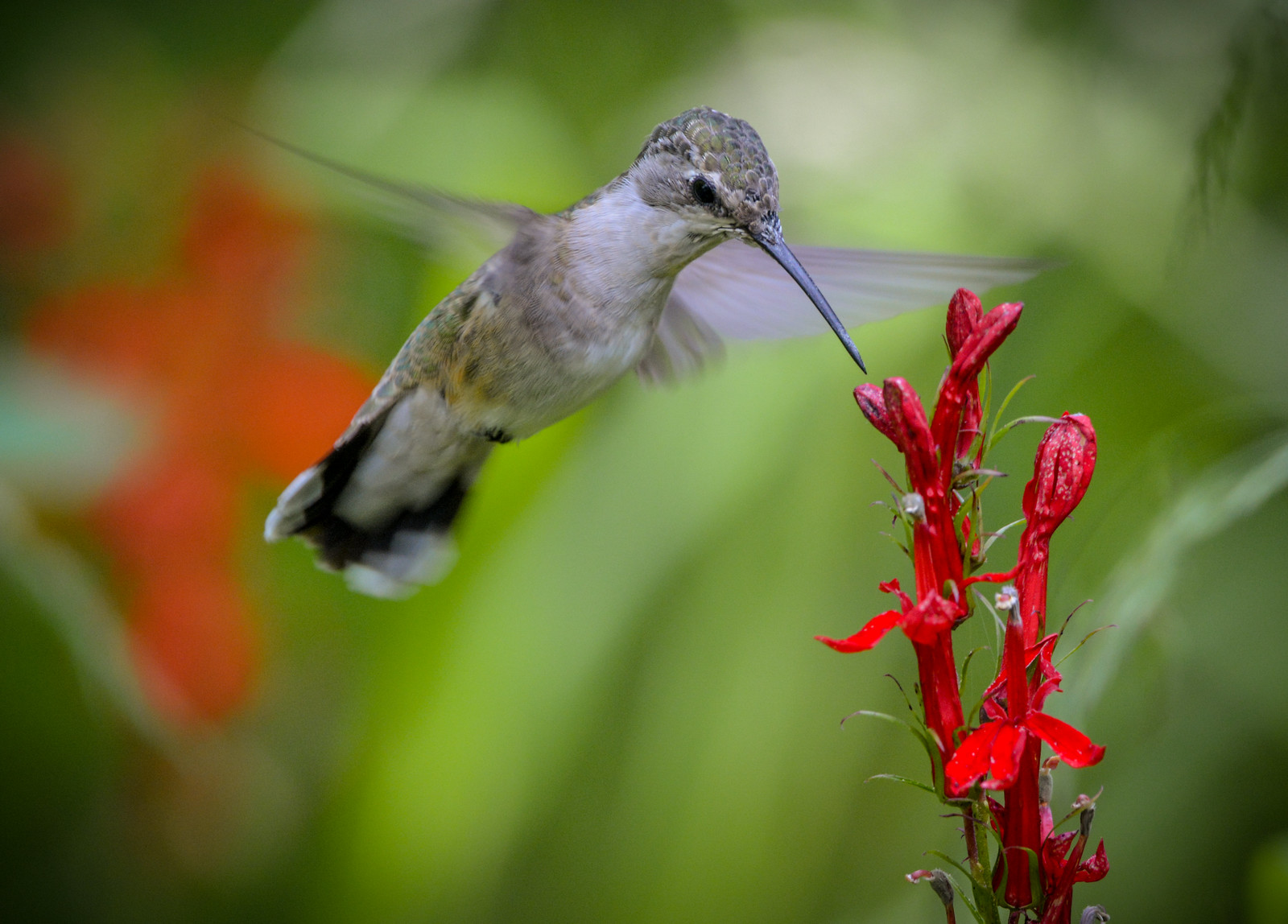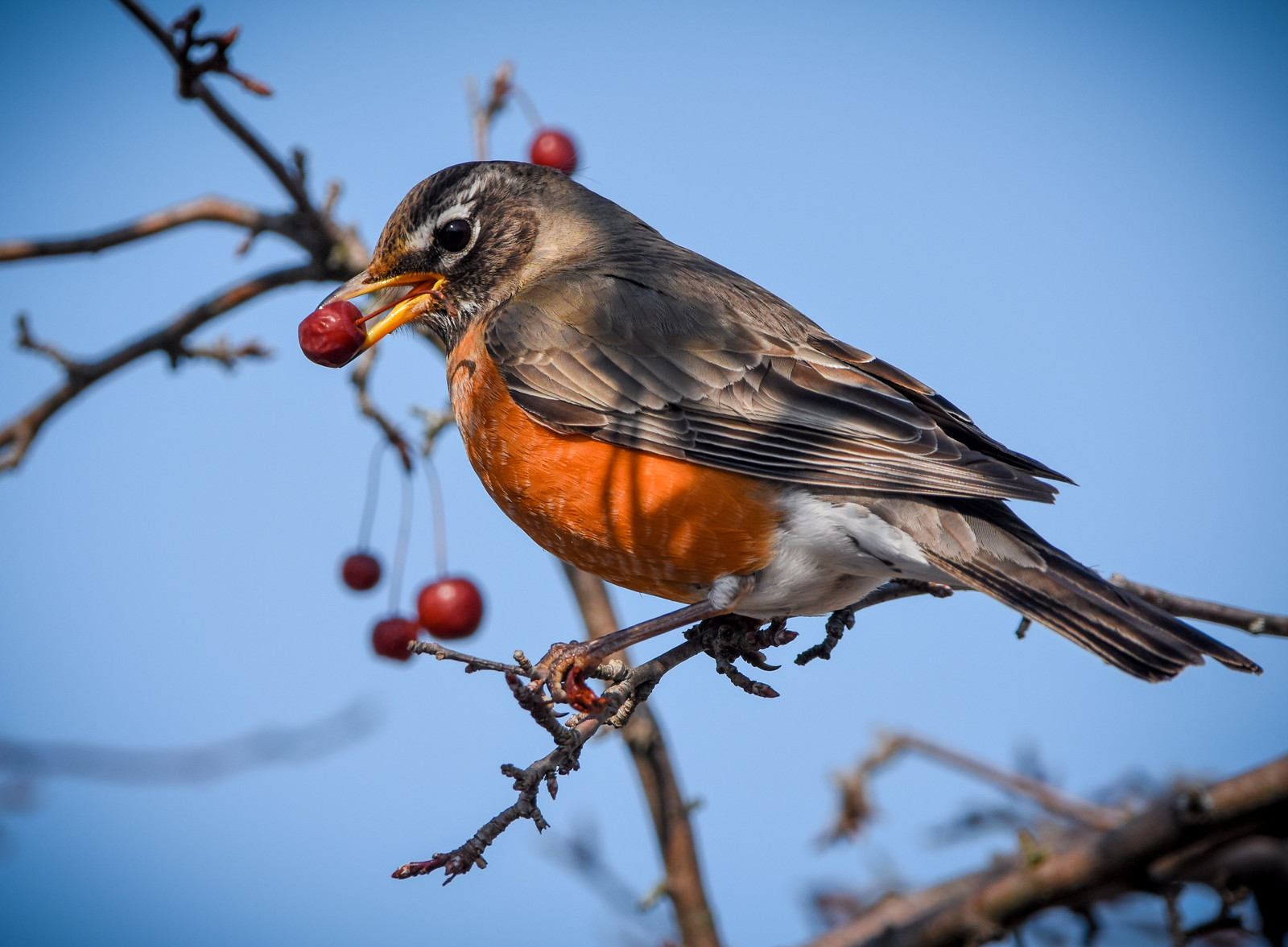Garden for the Birds With the Plant Toolbox
go.ncsu.edu/readext?977338
en Español / em Português
El inglés es el idioma de control de esta página. En la medida en que haya algún conflicto entre la traducción al inglés y la traducción, el inglés prevalece.
Al hacer clic en el enlace de traducción se activa un servicio de traducción gratuito para convertir la página al español. Al igual que con cualquier traducción por Internet, la conversión no es sensible al contexto y puede que no traduzca el texto en su significado original. NC State Extension no garantiza la exactitud del texto traducido. Por favor, tenga en cuenta que algunas aplicaciones y/o servicios pueden no funcionar como se espera cuando se traducen.
Português
Inglês é o idioma de controle desta página. Na medida que haja algum conflito entre o texto original em Inglês e a tradução, o Inglês prevalece.
Ao clicar no link de tradução, um serviço gratuito de tradução será ativado para converter a página para o Português. Como em qualquer tradução pela internet, a conversão não é sensivel ao contexto e pode não ocorrer a tradução para o significado orginal. O serviço de Extensão da Carolina do Norte (NC State Extension) não garante a exatidão do texto traduzido. Por favor, observe que algumas funções ou serviços podem não funcionar como esperado após a tradução.
English
English is the controlling language of this page. To the extent there is any conflict between the English text and the translation, English controls.
Clicking on the translation link activates a free translation service to convert the page to Spanish. As with any Internet translation, the conversion is not context-sensitive and may not translate the text to its original meaning. NC State Extension does not guarantee the accuracy of the translated text. Please note that some applications and/or services may not function as expected when translated.
Collapse ▲
A hummingbird visits the flowers of Lobelia cardinalis. Jen Goellnitz CC BY-NC2.0
You can select plants for your garden that attract and support our feathered friends. The Extension Gardener Plant Toolbox tagged the plants in the Plant Toolbox that are also listed in North Carolina Audubon’s 700 Bird-Friendly Native Plants for North Carolina. By typing “Audubon” into the search box on the Plant Toolbox, you’ll find 653 plants native to North Carolina that support birds by providing:
- Shelter, cover, & nest sites
- Berries & seeds
- Nectar (for hummingbirds)
- Caterpillars (host plants for butterfly & moth larvae)

Robin eating a small fruit. Jen Goellnitz CC BY-NC2.0
This list can be searched by using the filters in the left-hand panel to find plants suited to your garden conditions (light level, soil type, region, etc.) or that fulfill other functions (such as shade tree, hedge, etc.).

Use the left-hand filters (highlighted) to find just the right plant for your garden conditions and needs.
Grow these plants, and birds will flock to your garden!
For more information and tips on bird-friendly gardening, see Attracting Birds to Your Landscape.
Here is the link to North Carolina Audubon’s 700 Bird-Friendly Native Plants for North Carolina.


